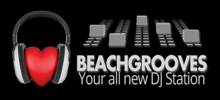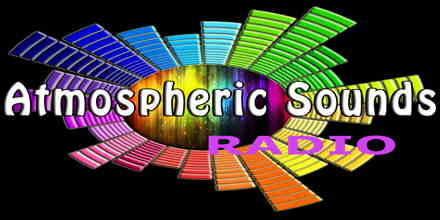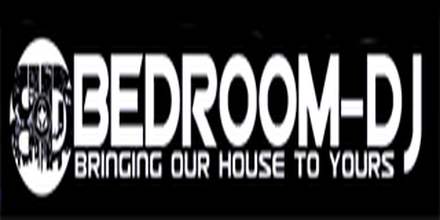House music is a genre of electronic dance music that originated in Chicago in the early 1980s. It was developed by DJs and producers who were inspired by a mix of disco, soul, and funk music, as well as the emerging electronic music scene. The genre is characterized by its repetitive 4/4 beats, off-beat hi-hats, and synthesized basslines, which create a steady, driving rhythm that is designed to keep dancers on the floor.
The origins of house music can be traced back to the late 1970s and early 1980s in Chicago's underground club scene. DJs like Frankie Knuckles, known as the "Godfather of House," played a crucial role in shaping the genre. They would often blend disco tracks with electronic beats and synthesizers, creating a unique sound that resonated with the city's LGBTQ+ community and other marginalized groups.
One of the defining features of house music is its use of drum machines, particularly the Roland TR-909. The 909's distinctive kick drum sound became a staple in house tracks, providing the deep, thumping bass that drives many house records. Alongside the kick drum, hi-hats are often used to create intricate, syncopated rhythms that add complexity and energy to the music.
Synthesizers play a significant role in house music, contributing to its melodic and atmospheric elements. Early house producers like Larry Levan and Jamie Principle experimented with synthesizers to create lush pads, catchy hooks, and soaring melodies. These elements combined with the rhythmic foundation of the drum machine create a rich sonic landscape that is both hypnotic and invigorating.
House music quickly spread beyond Chicago, gaining popularity in cities like New York, Detroit, and London. In each of these locales, the genre evolved and adapted, taking on new influences and styles. For example, acid house emerged in the late 1980s, characterized by its use of the Roland TB-303 bass synthesizer to create squelchy, resonant sounds that added a psychedelic edge to the music.
Subgenres of house music continue to emerge, each with its unique characteristics. Deep house, for instance, emphasizes soulful vocals and jazz influences, often featuring slower tempos and more intricate melodies. Tech house blends house music with techno, incorporating harder, more industrial sounds and faster tempos. Electro house combines elements of electroclash and synth-pop, resulting in a more aggressive and energetic sound.
The cultural impact of house music is profound. It has provided a platform for marginalized communities to express themselves and find solidarity through dance. House music's inclusive ethos has made it a powerful force in promoting diversity and acceptance. The genre has also influenced fashion, art, and other forms of popular culture, reflecting its broad appeal and enduring relevance.
House music festivals and clubs around the world continue to celebrate the genre, attracting millions of fans each year. From Ibiza to Berlin, and from Miami to Tokyo, house music remains a vital part of the global electronic music scene. Its ability to evolve and adapt while retaining its core elements ensures that it will continue to inspire new generations of musicians and listeners.
In conclusion, house music is more than just a genre; it is a cultural phenomenon that has shaped the landscape of modern music. From its humble beginnings in Chicago's underground clubs to its global influence today, house music stands as a testament to the power of creativity, community, and the universal language of rhythm.
 2.9k
2.9k
 3
Russia, Kaluga House
3
Russia, Kaluga House Beach Grooves RadioBeach Grooves Radio
Beach Grooves RadioBeach Grooves Radio 2.4k
Spain House 128 kbps MP3
2.4k
Spain House 128 kbps MP3 2.2k
2.2k
 1
Belarus, Minsk House
1
Belarus, Minsk House







































